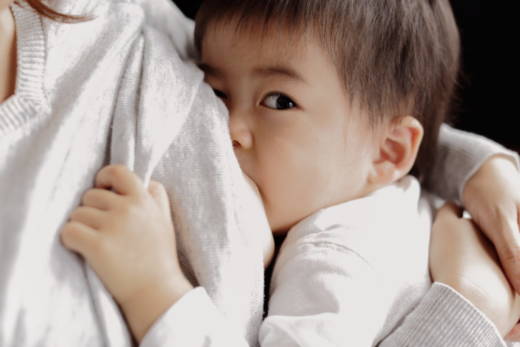But research has long shown that breastfeeding is the best way to nourish an infant, boost their immune system, prevent them from being sick or becoming overweight or obese and forge bonding between mother and child. It can also help maternal health. And, experts said after the president’s remarks, low-income and impoverished areas are where breastfeeding can make the biggest improvements.
Where Does the U.S. Stand?
Despite having one of the lowest breastfeeding initiation rates among industrialized countries — it ranked 26th, according to the latest available data from the Organisation for Economic Co-operation and Development — breastfeeding rates in the U.S. improved nationwide and in nearly every state between 2007 and 2016, according to the latest available CDC data.
In 2007, nearly 74 percent of U.S. women said they had ever breastfed, according to results from the CDC’s National Immunization Survey. A decade later, that number rose to 81 percent of American women. And the rate of women who said they continued breastfeeding at six months, consistent with recommendations from the WHO, rose from 42 percent to 52 percent by 2016.
Most states revealed increases of 10-percentage points or more among women who said they had ever breastfed during the same time period. Utah reported the highest breastfeeding rate — 94 percent — while just over half of Mississippi mothers said they had tried to breastfeed their children. Three states — Vermont, Washington and Tennessee — slipped slightly.
Why it Matters?
“Breastfeeding is one of the most cost-effective interventions for improving maternal and child health,” said Georges Benjamin, executive director for the American Public Health Association, in a released statement.
But in the U.S., disparities in race, income and geography underscore the work that’s left to do to support U.S. mothers who want to give their infants breastmilk.
In 2014, the World Health Organization challenged the global community to raise by 2025 the number of babies who were exclusively breastfed during their first six months by 50 percent. The Centers for Disease Control and Prevention also recognizes breast milk “as the best source of nutrition for most infants.”
Some places in the U.S. have spearheaded their own efforts to improve breastfeeding rates. The Make The Breast Pump Not Suck Hackathon at the Massachusetts Institute for Technology is an annual event that gives grants to projects that would improve access to breast feeding, from designing better breast pumps to improving social policies. In 2016, San Francisco took steps to ensure paid parental leave, something advocates suggest could further improve breastfeeding rates. The United States remains the only developed nation without mandated paid maternity leave, according to the OECD.
Catherine D’Ignazio, who founded the hackathon event in 2014, said the reality is that many people still “don’t have access to making that choice” to breastfeed.


